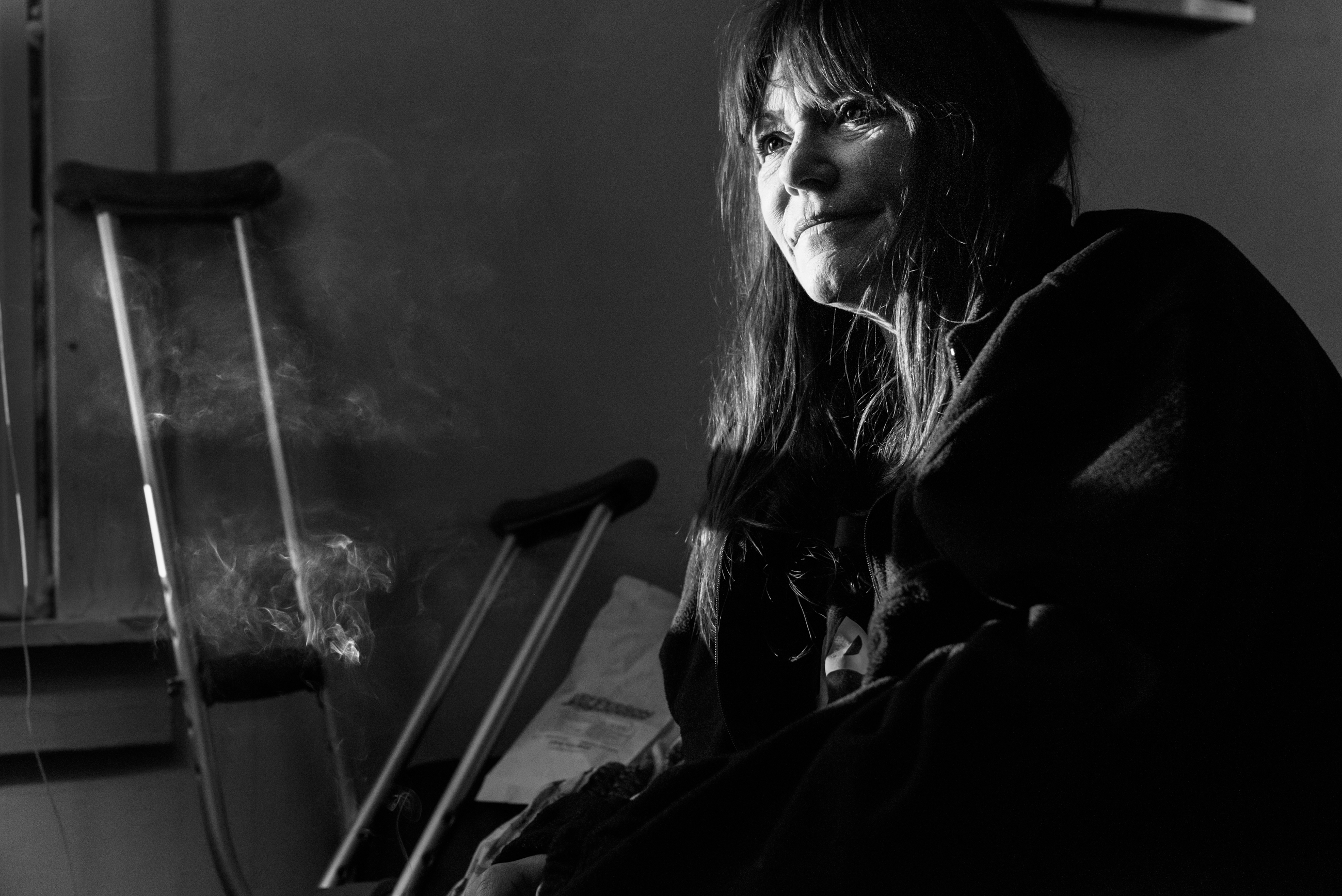On Monday night, members of the U.S. House of Representatives released their bill to replace the Affordable Care Act. Possibly the biggest deal for West Virginia is that the new bill proposes changing the way that Medicaid is funded.
Medicaid is the joint state-federal insurance program that covers more than a third of West Virginians. Right now, the federal government matches state spending for Medicaid dollar for dollar. But under the proposed bill, that funding would change to a per-capita cap.
“This would drastically change it, because it would put strict limits, strict ceiling if you will, on how much the federal government is willing to spend,” said Simon Haeder, an assistant professor of political science at West Virginia University.
“This would transfer the Medicaid program from somewhat of an open-ended commitment to improving healthcare for America’s most-poor individuals to putting a specific dollar amount on this,” he said.
Per-capita caps are supported by Rep. Evan Jenkins of West Virginia and some other Republican politicians, because they may give states more flexibility in how they spend federal dollars while saving tax dollars paid to the federal government.
“Under the per capita, it would be more reflective of the needs of West Virginia and the populations that Medicaid is designed to do,” said Jenkins.
West Virginia Public Broadcasting spoke to Jenkins at an event last week. At the time of the event, he had not seen the House proposal, but did say he believed the ACA was in a “death spiral” and supported plans to repeal and replace it.
“It’s very important to go back and look at traditional Medicaid….it was a safety net program for targeted populations,” he said. “Well, what’s happened is that, under the ACA, Medicaid was used as a vehicle to allow able-bodied people based on income level – up to 138 percent of [the Federal Poverty Line] to go in. So that was one of the Obamacare approaches to expanded insurances – just put more people in Medicaid. So … as a result, the Medicaid budget is three times what it was when Bill Clinton was president. The trajectory right now is through the roof and is simply unsustainable.”
But critics of per-capita caps say they don’t adjust for increased healthcare costs.
“The problem is, when they set that amount they usually tie it to CPI, the current [rate of] inflation,” said Ted Boettner, executive director of the West Virginia Center on Budget and Policy.
“And we all know that medical inflation grows 5, 6, 7 percent a year – much higher than GDP, much higher than other inflation – so that amount of money is really going to decline over time, and that means less benefits.”
Haeder said since West Virginians are sicker, older and more disabled than the national average, Medicaid costs here have similarly been rising at a greater rate.
“And so once you put a ceiling on expenditures, it’s either going to be more state spending or cuts to eligible enrollees or eligible benefits,” he explained.
More state spending would likely be difficult for West Virginia, considering the current budget crisis. The Department of Health and Human Resources did not respond to a request for an interview, but said in an emailed statement that the “DHHR will be exploring the impact of any changes. It will take some time.”
West Virginia is one of 19 states that expanded Medicaid. For now, the more than one hundred thousand people covered by this expansion are protected. In 2020 under the proposed plan, enrollment for expansion would freeze and states would no longer be able to enroll new participants in the program. As of late 2016, more than 170,000 West Virginians had gained coverage through the expansion of Medicaid. Some legislators say, ideally, they hope the number of people covered by this expansion will slowly decline as enrollees’ incomes improve.
Appalachia Health News is a project of West Virginia Public Broadcasting, with support from the Benedum Foundation, Charleston Area Medical Center and WVU Medicine.
This story was originally published by West Virginia Public Broadcasting.



